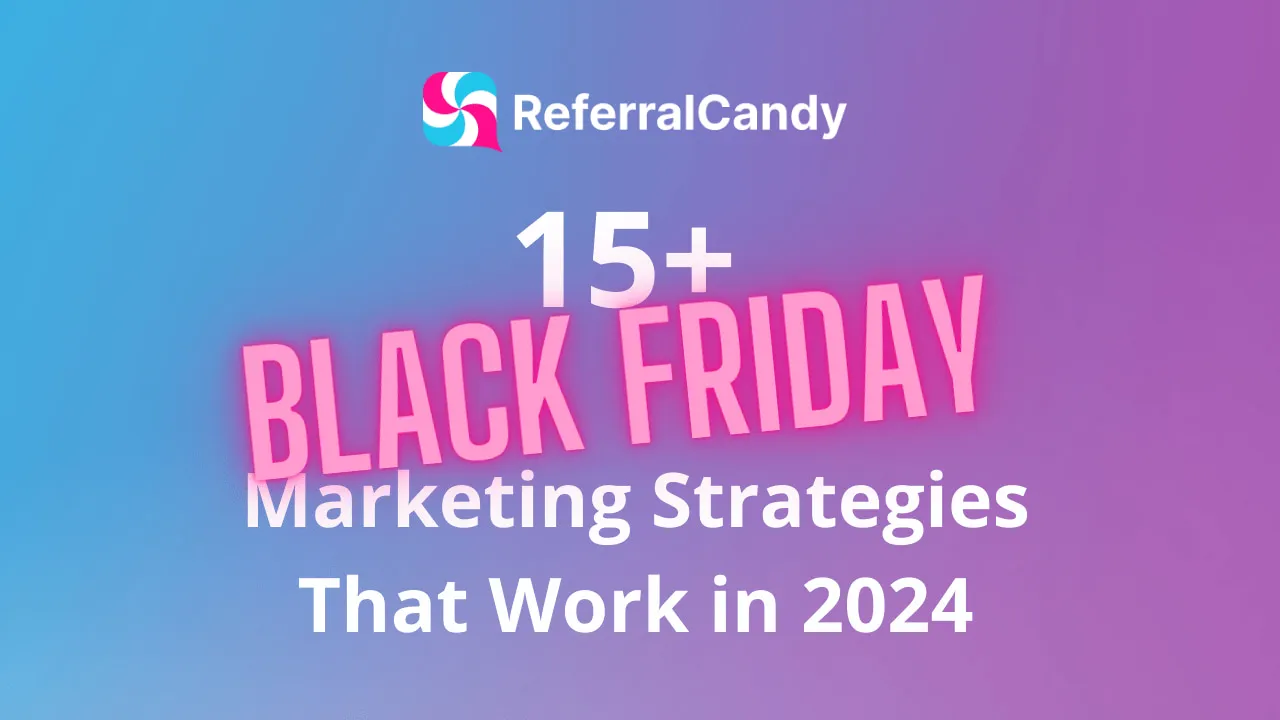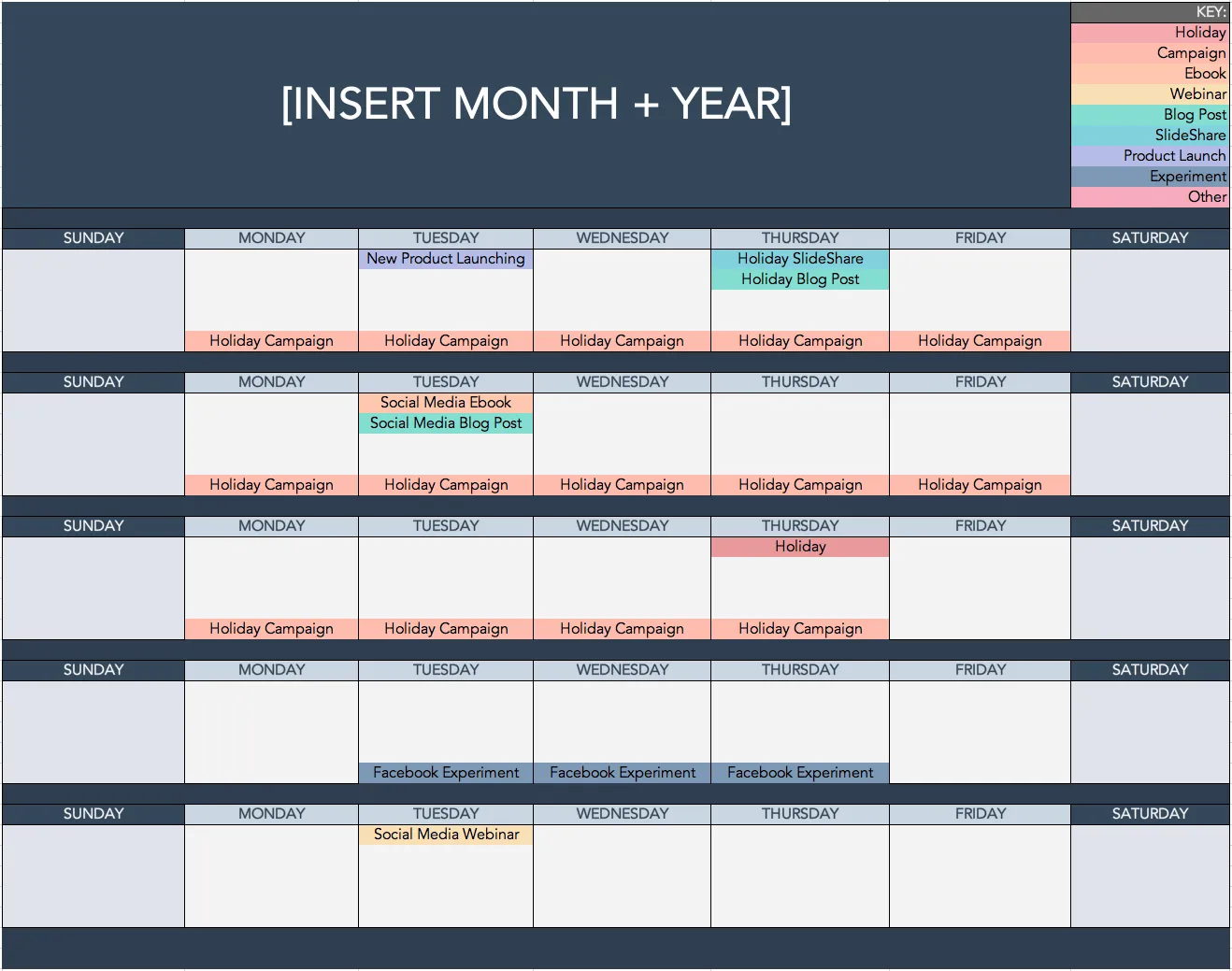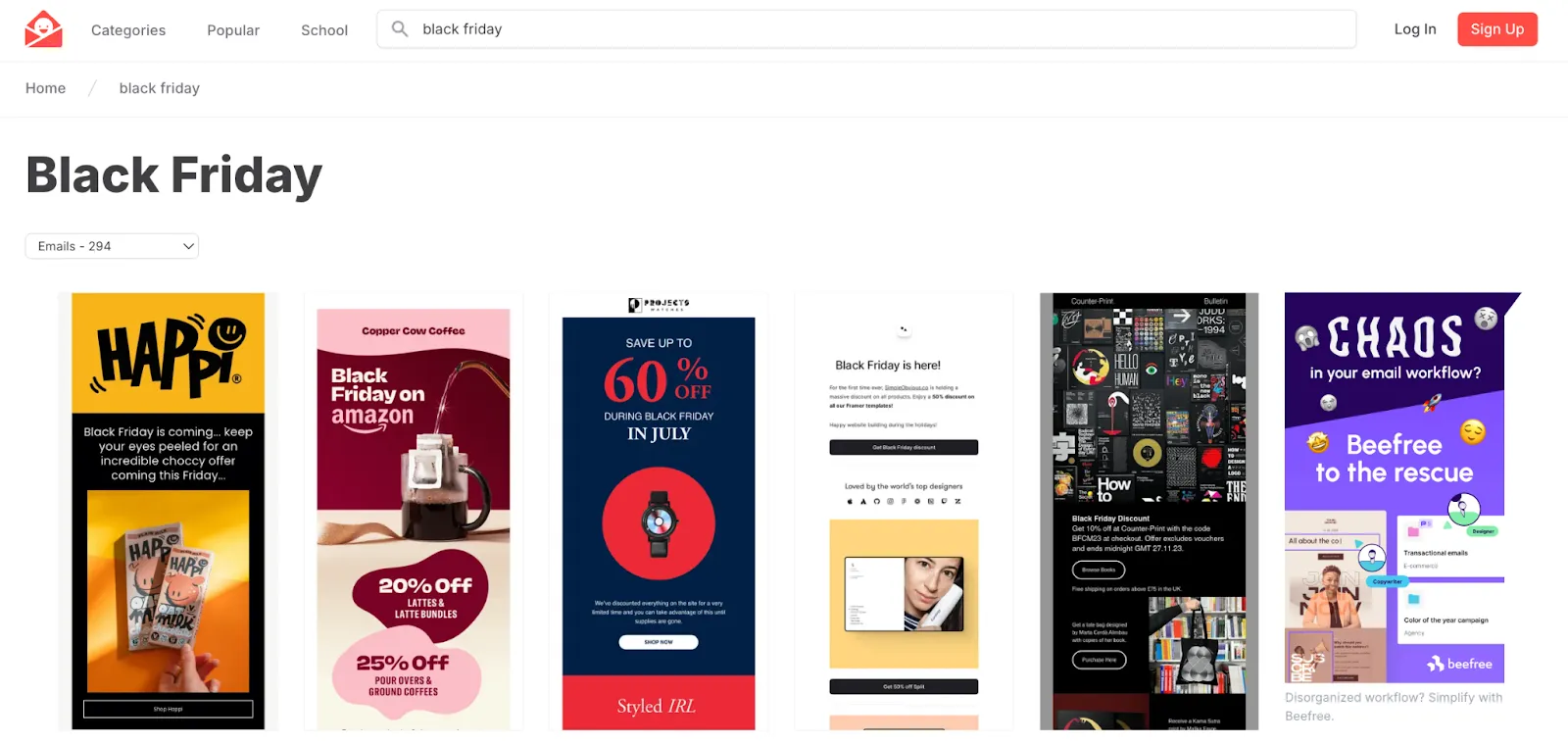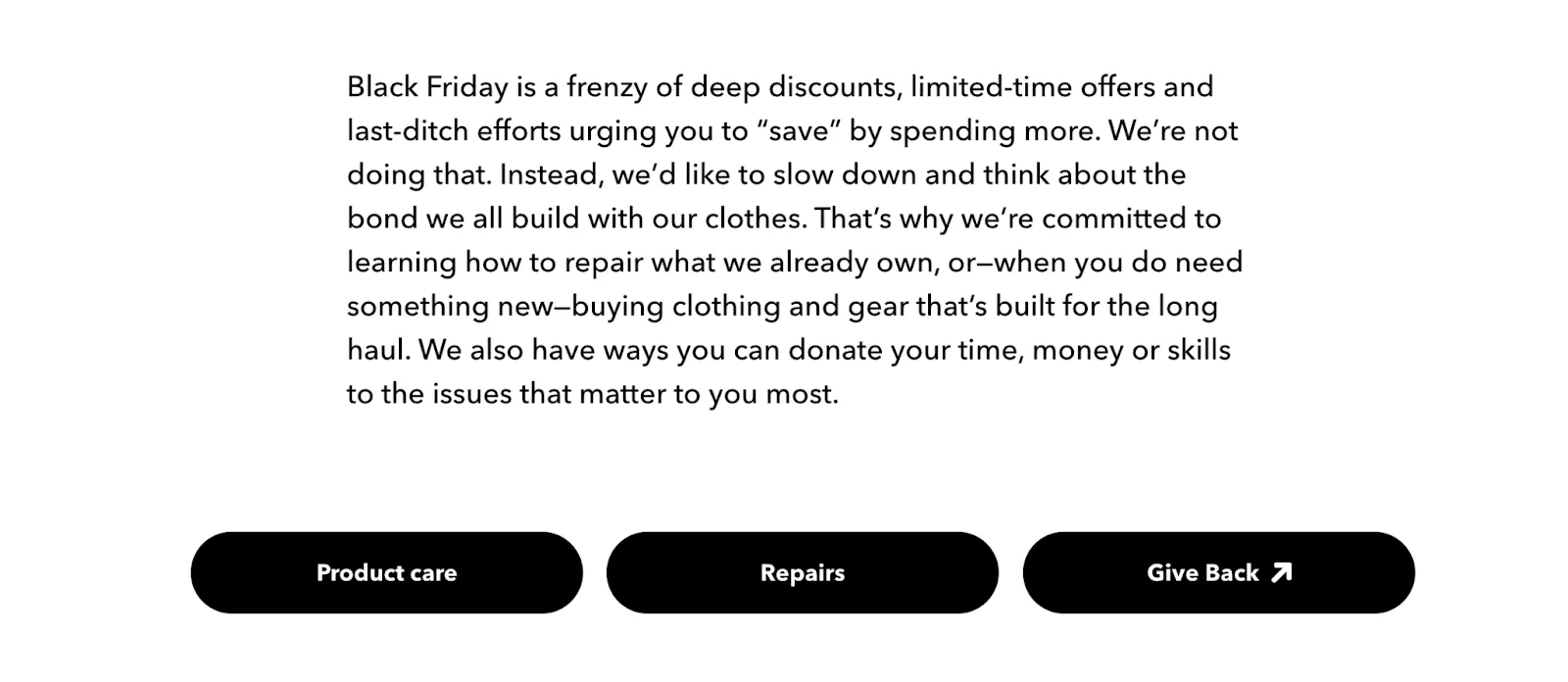
Black Friday is the best time of the year to increase ecommerce sales and take advantage of different marketing strategies. Adobe reports that Black Friday sales are at an all-time high and continue to rise year after year.
To take advantage of this, you can set up your referral and email marketing campaigns, increase your AOV, update product descriptions, and more.
Scroll below to find all of the best marketing strategies for Black Friday 👇
To gather the below strategies, we contacted 30 marketing experts and gathered recent statistics on the topic.
These insights helped us craft the best Black Friday strategies.
Referral campaigns are one of the highest ROI strategies for the next Black Friday. The average referral rate across all industries is 2.35%, which means that most merchants see a positive ROI on their programs.
To set up your referral program, you can use ReferralCandy.
After signing up, you will be guided through the referral setup process, and you can create your Black Friday landing pages, send out invitation emails and track their performance.
Want to learn more? Read our guide on how to set up your referral program.
Adam Watson from Hollywood Mirrors shared his direct experience of running his own Black Friday campaign:
“My number one advice is to go early with your Black Friday offer, your audience only has so much money to spend.”
Consumers start their holiday shopping as early as in October, according to Statista.
This means that you should start preparing your discounts and sales immediately, if you already haven’t.
To get ready for Black Friday, plan out your marketing content calendar.
You can leverage HubSpot’s content template for free. There are also a plenty of free resources online.

Create a content calendar that details what content assets you want to share, and when you want to share them.
Specifically, you want to develop your assets, such as:
Be sure also to include and schedule posts for social media and use catchy Black Friday phrases in your post.
The average Black Friday discount was 31% in 2023, as reported by Demandsage.
Competing in discounts is difficult since brands offer higher and higher discounts year-by-year.
You can flip the switch and offer value, gifts & deals instead.
Here are three ideas to implement:
An ecommerce brand Bambu Earth, ran an experiment to see if they could nudge customers into a higher spending bucket.
They offered two tiers of rewards:
They ran the event for just 24 hours, using email marketing and remarketing ads only. Each “minimum spend” amount would tip customers into a higher spending tier.
The results?
Over $135K in sales on a random Friday in August — which turned out to be the single biggest revenue day in Bambu Earth’s history. Even better, that data can now be used to fuel the brand’s upcoming holiday deals.
In the same way, you can increase your average order value through gifts and offering value.
An easy way to do this is to use an upsell app, which is designed to increase AOV. If you use Shopify, you’ll find plenty of upsell apps.

For Black Friday, you can try to:
Another idea to give the bundled products a “mystery box” effect: keep some of the items in the bundle a secret. And every day during the sale, you’d reveal one “mystery” item to your audience targeting a segment of your market.
If you can’t offer cash discounts, see if you can offer free shipping. Free shipping is one of the most powerful Black Friday promotion ideas you can use.
In one study, 90 percent of participants said free shipping was their number one incentive for buying. Another study mentions that 62% of consumers say they won’t purchase from a brand if there is no free shipping available.
Black Friday campaigns are pretty powerful when you combine free shipping with same-day delivery.
Before creating any new Black Friday campaigns, think of the existing email workflows your brand has, such as:
These can all be optimized to bring higher sales during Black Friday.
Klaviyo’s 2024 email benchmark data showed that abandoned cart automation flows had the highest click rates and revenue per customer.
To take advantage of this statistic for Black Friday, optimize your abandoned cart flow. One simple thing you can do is to send out abandoned cart emails to customers quicker than normally.
For example, if you normally send it 24 hours after someone abandons the cart, switch it to only 4 hours for Black Friday.
You can even send multiple abandoned cart emails.
A well-known statistic about email marketing states that every dollar spent on email marketing yields $44 in return.
The return on investment is even higher on Black Friday.
To take advantage of the high ROI, set up your Black Friday email marketing campaigns.
You can take inspiration from websites like Really Good Emails and Milled to see how other brands have done it.

People decide whether to read your email just by looking at the subject lines, so take them seriously.
Or steal the best subject lines. Campaign Monitor provides a list of Black Friday email subject lines you can explore, grab them here.
Greg Zakowicz shared interesting Black Friday SMS statistics from Omnisend customers:
Impressive, right?
If you haven’t used SMS marketing before, Black Friday can be an excellent time to start.
The results speak for themselves; SMS marketing can bring great results, especially if it's referring to more consumers relying on mobile devices and services like the eSIM card services.
SMS marketing can be combined with email marketing for a more omnichannel approach. Tools such as Klaviyo can help.
An inspirational and mission-driven story around your Black Friday offering can significantly improve your Black Friday results.
What do we mean by this?
Patagonia is doing this exact thing and they want to fight against the normal Black Friday deep discounts, limited-time offers, and last-ditch sales.
They explain it well here:

Related to the above campaign, Patagonia donated 100% of their Black Friday profits to environmental nonprofits.

The results?
Patagonia's Black Friday sales were a record-breaking $10 million, five times more than the company expected.
You don't have to go as far as Patagonia by donating 100% of profits, but even offering a small percentage and explaining it to your audience can have a significant impact.
If you haven’t updated your product descriptions in a while, Black Friday is a great time to do that.
This can significantly increase your conversion rates.
Some product description ideas you can implement are:
According to Wyzowl's study of video marketers, 88% said videos helped users understand their products or services better.
If your product/service is more complex or you just want to use video marketing for Black Friday, it's a great idea.
Here are some ideas to implement:
Customers are quick to leave your website if your checkout process isn’t optimized.
Ecommerce brands lose up to $18 billion in sales due to shopping cart abandonment - which happens 18% of the time (according to Bogdan Klopov from Visme).
The simple way to resolve this?
Simplify your checkout process as much as possible. Reduce the number of steps involved, and ensure customers don’t have to sign up to purchase.
This will improve sales and eliminate cart abandonment to ensure smoother sales for your store. But remember - you’ll want to collect emails so you can re-market to these new customers during the slow seasons.
We’ve discussed lots of Black Friday ideas for small businesses that you can take advantage of right away.
Here are three more ideas you can implement:
Using word-of-mouth marketing through referral and affiliate programs is an effective way to increase Black Friday sales and keep customers retained afterward.
ReferralCandy helps to increase word-of-mouth sales by letting users start their customer referral programs.
To automate the process of running the referral program, ReferralCandy has advanced automation tools available.
If this sounds interesting, you can easily sign up for ReferralCandy’s 14-day free trial.
Hey, I'm Elmeri Palokangas. I'm an e-commerce and online marketing specialist with over five years of experience. My expertise extends to various publications and companies, including WordStream, QuickMail, Scribe, Marketcircle, and Digital.com. When I'm not enjoying a cup of coffee and writing awesome articles, you can find me running in the nearby mountains.
Grow your sales at a ridiculously
lower CAC.